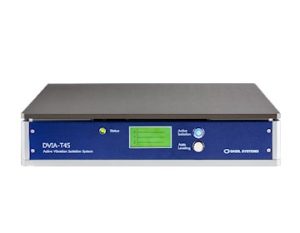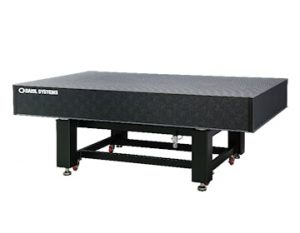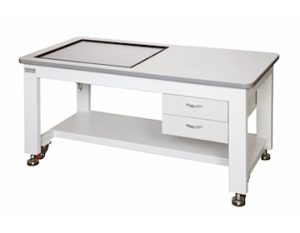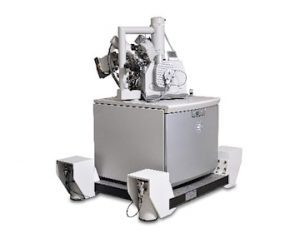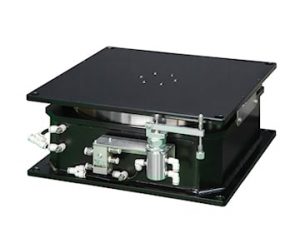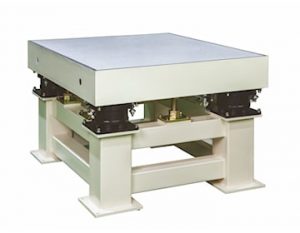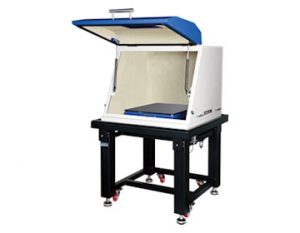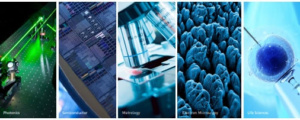 Installation Reports
Installation Reports
Overview
- The DVIA-MB3000 active vibration isolation platform is appropriately installed and functioning as intended.
Vibration Isolation System Information
- Model: DVIA-MB3000
- Serial Number: 230918R3
Engineer
Chaewon Lee from DAEIL SYSTEMS
Tuning Date
March 25, 2024
Number of Tuning Trial
2nd tuning
Location
Beijing, China
Equipment
JEOL JEM-F200 TEM
Equipment Status
The microscope is installed on the active vibration isolation system.
Data and Image
Vertical Transmissibility
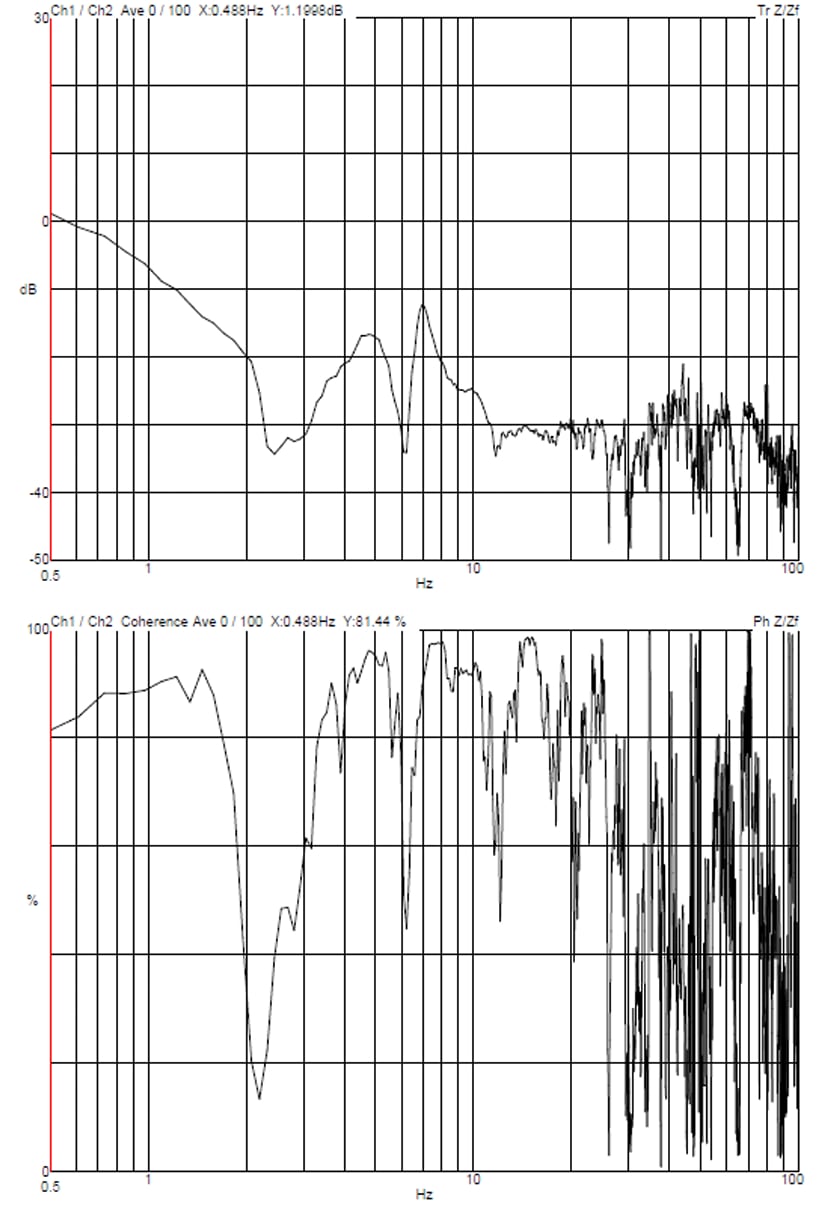
Left to Right Transmissibility
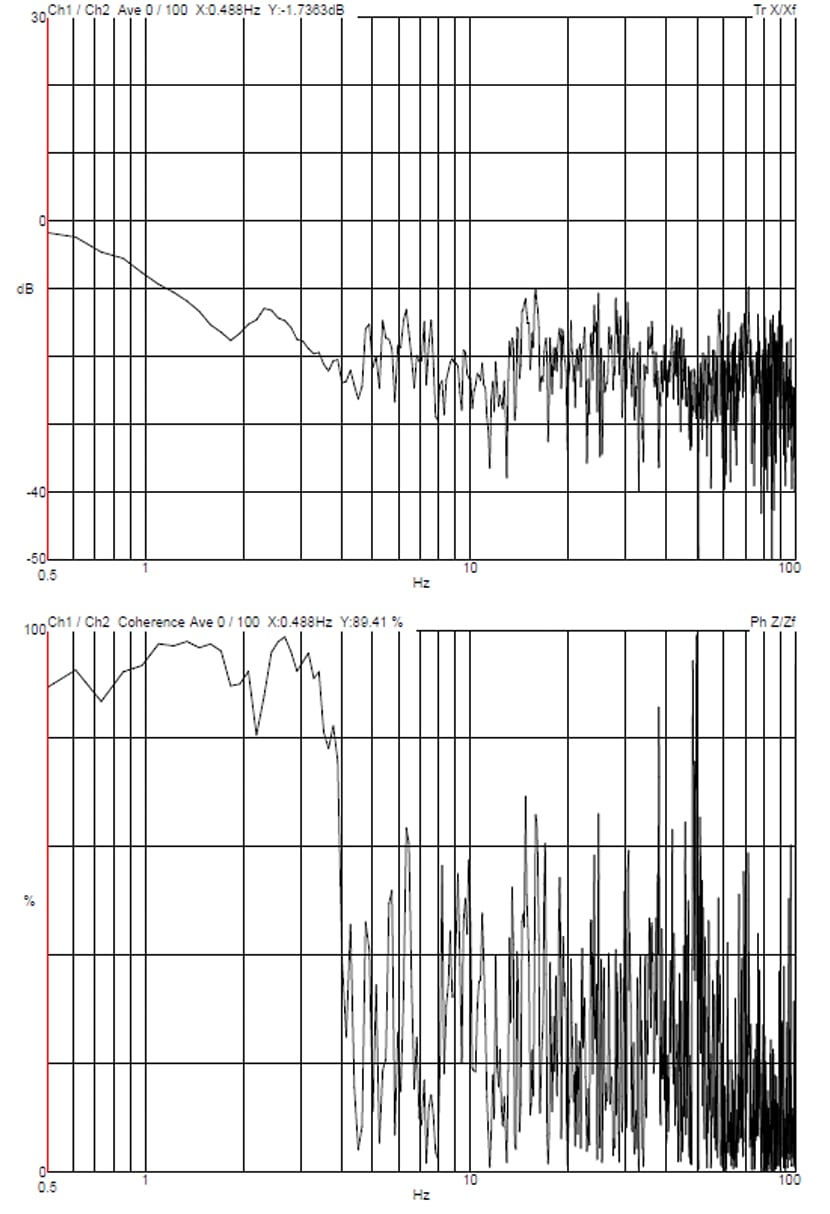
Front to Back Transmissibility
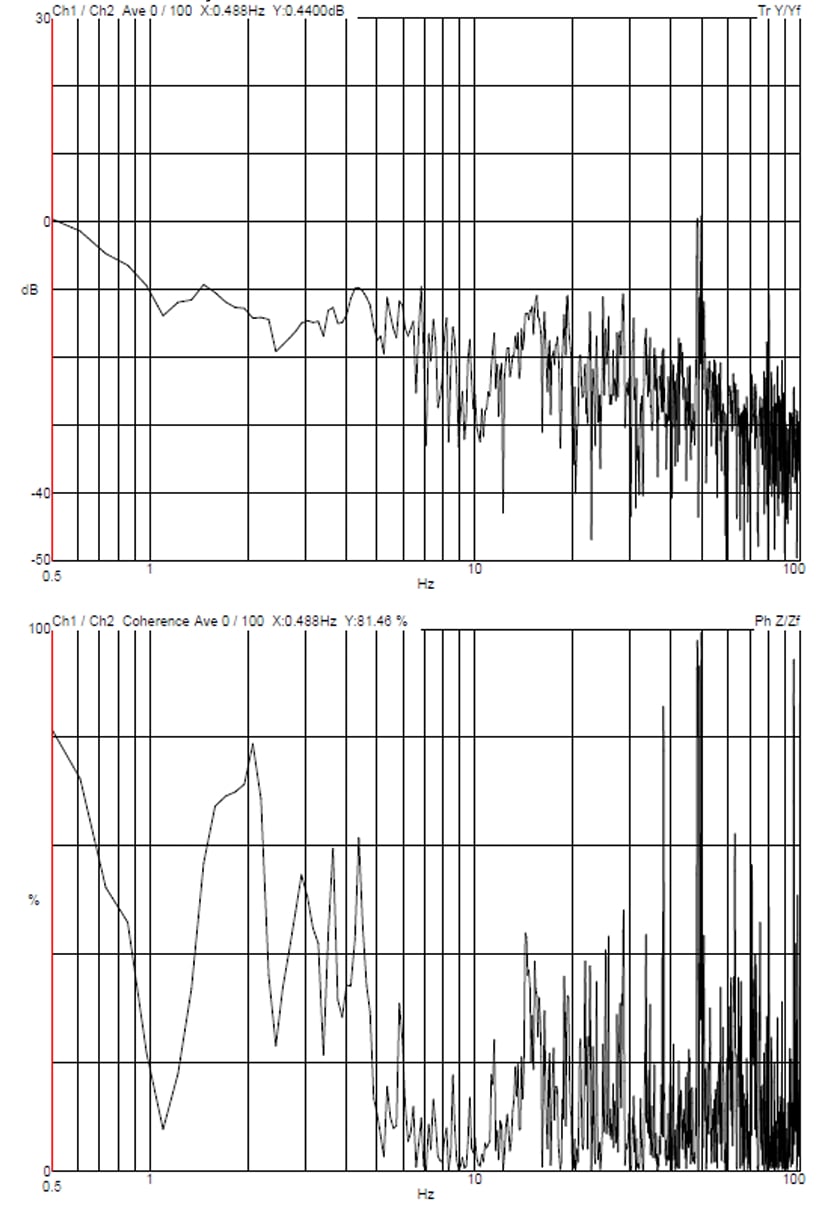
Equipment picture

Reference
Generic Vibration Criteria
| Criterion Curve | Description | Amplitude1) µm/s (µin/s) |
Detail Size2) µm |
|---|---|---|---|
| Workshop (ISO) | Distinctly perceptible vibration. Appropriate to workshops and non-sensitive areas. | 800 (32,000) | N/A |
| Office (ISO) | Perceptible vibration. Appropriate to offices and non-sensitive areas. | 400 (16,000) | N/A |
| Residential Area (ISO) | Barely perceptible vibration. Appropriate to sleep areas in most instances. Usually adequate for computer equipment. hospital recovery rooms. semiconductor probe test equipment. and microscopes less than 40x. | 200 (8,000) | 75 |
| Operating Theatre (ISO) | Vibration not perceptible. Suitable in most instances for surgical suites. microscopes to 100x and for other equipment of low sensitivity. | 100 (4,000) | 25 |
| VC-A | Adequate in most instances for optical microscopes to 400x, microbalances, optical balances, proximity and projection aligners, etc | 50 (2,000) | 8 |
| VC-B | Appropriate for inspection and lithography equipment (including steppers) to 3μm line widths. | 25 (1,000) | 3 |
| VC-C | Appropriate standard for optical microscopes to 1000x, lithography and inspection equipment (including moderately sensitive electron microscopes) to 1μm detail size. TFT-LCD stepper/scanner processes. | 12.5 (500) | 1 - 3 |
| VC-D | Suitable in most instances for demanding equipment. including many electron microscopes (SEMs and TEMs) and E-Beam systems. | 6.25 (250) | 0.1 - 0.3 |
| VC-E | A challenging criterion to achieve. Assumed to be adequate for the most demanding of sensitive systems including long path. laser-based. small target systems. E-Beam lithography systems working at nanometer scales. and ofher systems requiring extraordinary dynamic stability. | 3.12 (125) | < 0.1 |
| VC-F | Appropriate for extremely quite research spaces: generally difficult to achieve in most instances, especially cleanrooms. Not recommended for use as a design criterion. only for evaluation. | 1.56 (62.5) | N/A |
| VC-G | Appropriate for extremely quite research spaces: generally difficult to achieve in most instances, especially cleanrooms. Not recommended for use as a design criterion. only for evaluation. | 0.78 (62.5) | N/A |
- 1. As measured in one-third octave bands ot frequency over the frequency 8 to 80 Hz (VC-A and VC-B) or 1 to 80Hz (VC-C through VC-G).
- 2. The detail size refers to thewidth in the case of microelectronics fabrication. the particle (cell) size the case ot medical and pharmaceutical research. etc. It is to imaging associated with probe technologies. AFMs. and nanotechnolow.
The intormatin given in thS table is for guidance only. In most instances, it is recommended that the advice of someone knowledgeable about applications and vibration requirements of the equipment and processes be sought.

